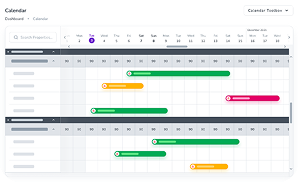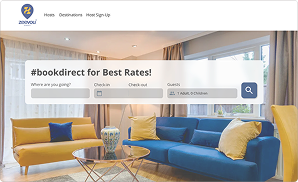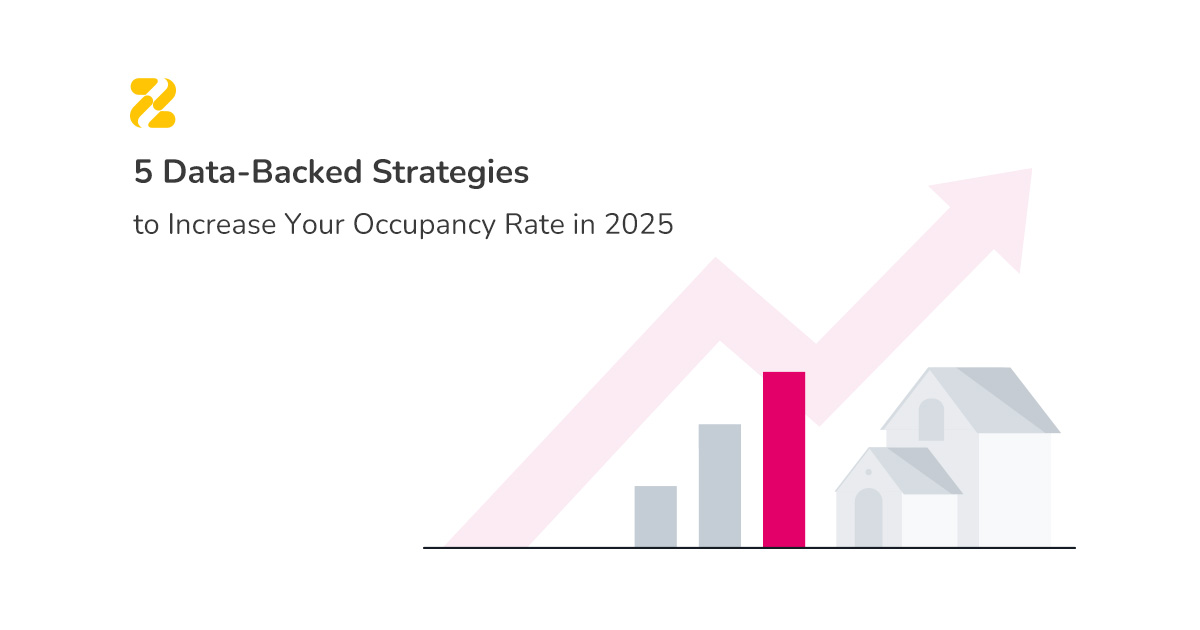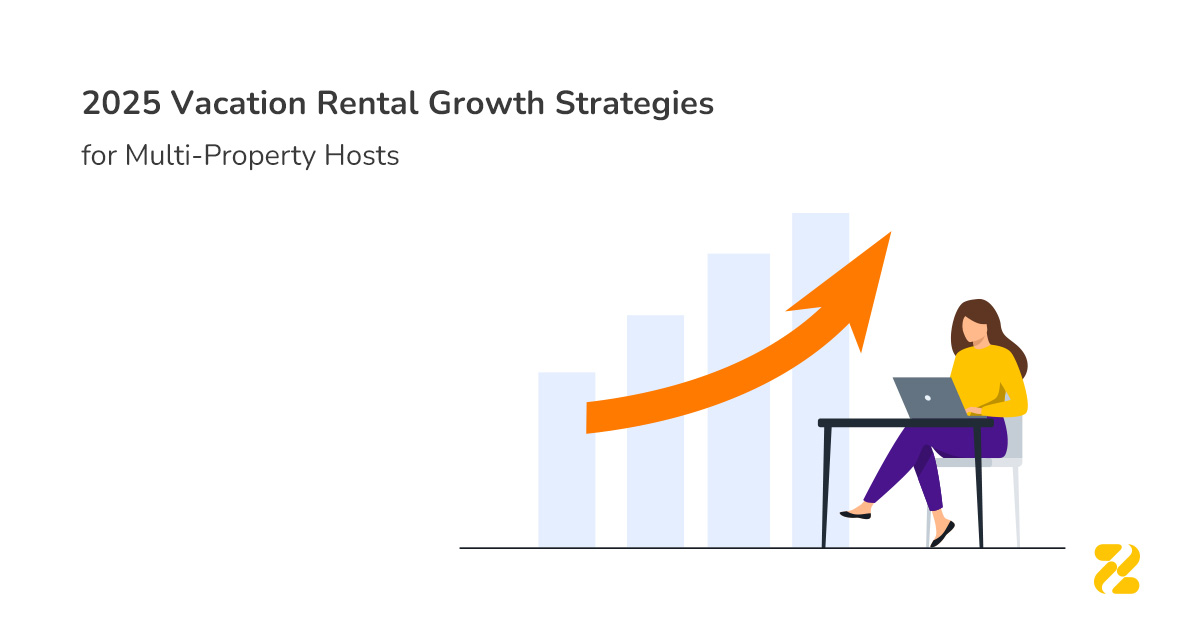Investing in short-term rental properties requires hard work and effort, even before buying one, to yield significant returns. Part of this work is to forecast future income for your Airbnb business and vacation rental business in general. This process will help you determine the estimated revenue and profit your property is expected to generate.
Here, we introduce the metrics and indicators required to estimate your future income for your Airbnb business and also explain the factors that impact the analysis of a deal.

Table of Contents
Metrics to Forecast Future Income for Your Airbnb Business
Cash Flow
The first metric that is essential to forecasting your Airbnb’s income is your cash flow. This indicator is your Airbnb income (total rent) minus the property expenses (mortgage, taxes, insurance, repair, maintenance, etc.). Investing in a property that has positive cash flow makes financial sense. In addition, you can reach higher cash flow if your property’s area has a significant demand for short-term rentals.
Occupancy Rate
Occupancy rate is another crucial indicator that needs to be considered for estimating your Airbnb performance. This rate is the dividing number of booked units by the total number of rentable units and multiplying it by 100. Another definition for the Occupancy Rate for a single unit is the number of the occupied days in a month divided by 30 multiplied by 100.
Some factors will impact your occupancy rate, including location, the nightly rate, seasonality, and guest reviews.
Choosing an area with strong demand will increase your property occupancy rate.
Occupancy Rate= (Booked Units/ Total Number of Rentable Units)×100
Occupancy Rate for single unit= (Number of Occupied days in a month/ 30)×100
Capitalisation Rate
The capitalisation rate (commonly referred to as cap rate) is the return rate of your property investment. In other words, this rate indicates the net gain or loss during a particular period. Factors that impact cap rate include the location of your property, market size, potential for growth and property size. You can compare the cap rate with the interest rate; a higher interest rate will lead to lower market values. As a result, the cap rate will increase. You generally come out ahead when the cap rate is more than the interest rate.
The formula for cap rate is as follows:
Capitalisation Rate = (Net Operating Income/Property Price)×100
The net operating income is the annual cash flow which can be estimated by deducting the expenses from the gross operating income.
Knowing the cap rate enables you to compare multiple properties’ returns on investment and measure the risks associated with investing in a specific property. Although maximising your return is your ultimate goal, keeping the cap rate at a suitable level is imperative to prevent financial loss. Most experienced investors suggest a range of 5% to 8% for a reasonable cap rate.
Cash on Cash Return
Last but not least, you must look at the cash-on-cash return metric when forecasting your Airbnb performance. This indicator is calculated by dividing the Annual Pre-Tax Cash Flow by the amount spent out of your pocket. This indicator lets you figure out the potential profitability of your deal and how much money you can earn back from your cash investment. A higher percentage of this metric indicates a faster return.
Cash-on-Cash Return = Annual Pre-Tax Cash Flow / Total Cash Invested
How to Analyse Your Property
It’s imperative to analyse your deal to figure out whether it’s worthwhile to invest or need to find the next income opportunity. Forecasting future income for your Airbnb business enables you to determine your property’s potential return and the profitability of your investment. In other words, the deal analysis gives you invaluable insights into your business and a better understanding of your investment return.
The essential concept in a deal analysis is cash flow. As mentioned above, you need cash flow to calculate other metrics, such as cap rate or cash-on-cash return.

Cash flow is your net operating income calculated by subtracting all your property expenses from your income (total rent). To forecast your cash flow, you need to take into account various factors, including:
Nightly rate or average daily rate (ADR)
You need to consider multiple factors to set your nightly rate, including property location, rental type, amenities, etc. The most helpful way to estimate the ADR of your deal is to find similar properties in nearby areas, looking for the annual average or the minimum of their ADRs.
Occupancy rate
The occupancy rate is the percentage of time that the property remains occupied. There are a few platforms, such as AirDNA, that can help you make a realistic estimate of the occupancy rate according to the property’s location.
After estimating the occupancy rate and ADR, you can calculate the revenue by multiplying the ADR by the number of days the property will operate (for example, 30 days if we are analysing every month) by the occupancy rate.
Utility bills
Utility bills are electricity, water, gas, waste, and cable expenses. The most reliable way to estimate utility bills and include them in the cash flow calculation is to look at the records of similar properties in nearby locations.
Council Tax
The Council Tax is a local taxation system for domestic properties used in England, Scotland and Wales. To find out the council tax, just search the postcode on the Internet, and you will directly get your property’s council tax bill.
Cleaning and laundry costs
To calculate the cleaning and laundry costs, you need to estimate the average length of stay. For example, if you suppose that the average length of stay is five days, then you will have cleaning and laundry six times during each month. You can estimate this by multiplying the cleaning and laundry costs, the expected occupancy rate and the number of cleaning per month.
Commissions
If you hire a property management company, then you should pay their commission. Property management companies usually charge 10 to 20 per cent of the total turnover depending on the services they provide. In addition, when you list your properties on OTAs (Online Travel Agencies), they will charge you. You can consider an average of 15% of the total turnover to go as channel – OTA – commissions.
Manual calculations of these factors can be a tedious and error-prone process. Want a more efficient solution? Our free property deal analyser streamlines the process and provides accurate results, saving you valuable time and reducing the risk of human error. Give it a try and see the difference it can make.




